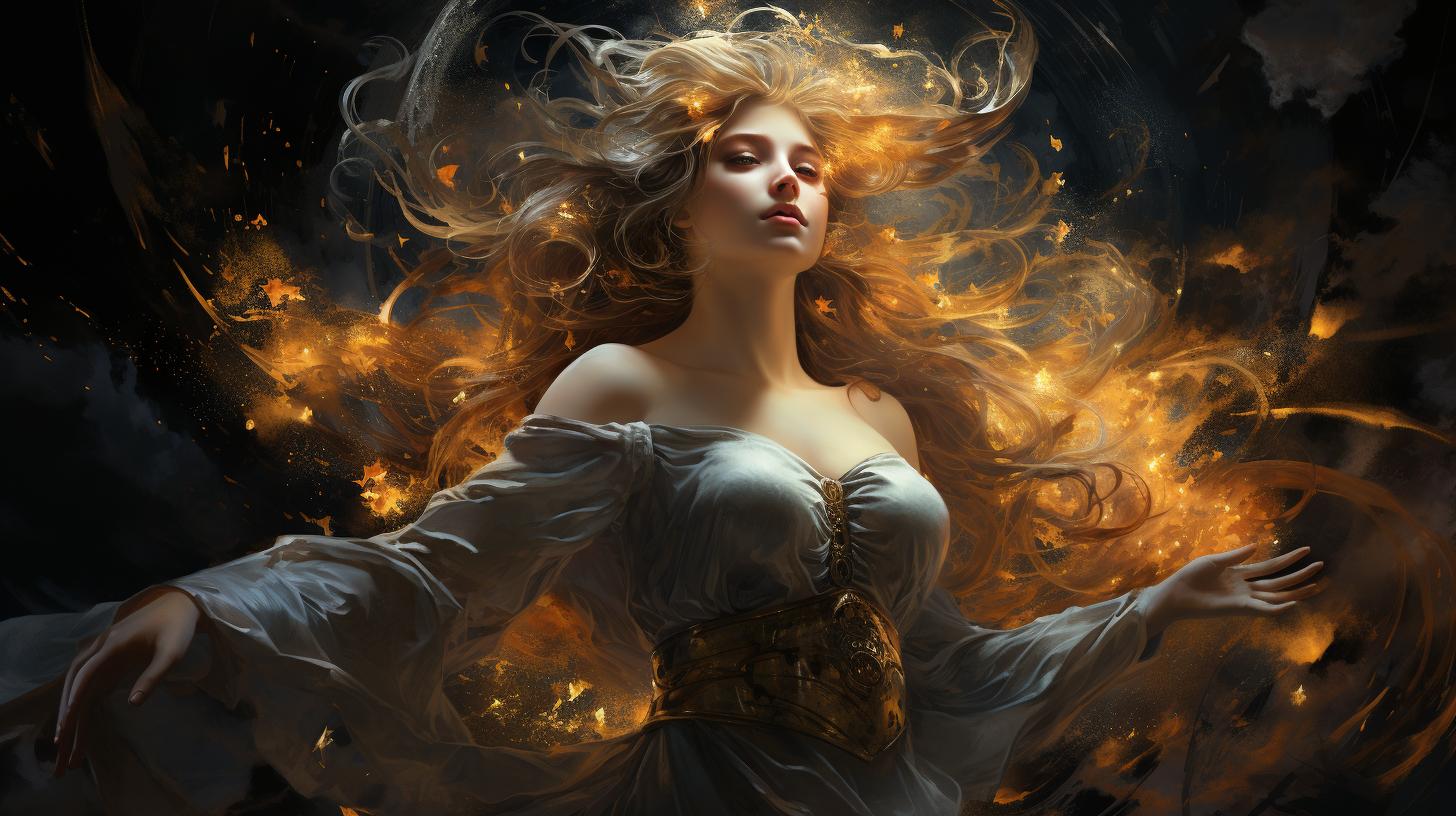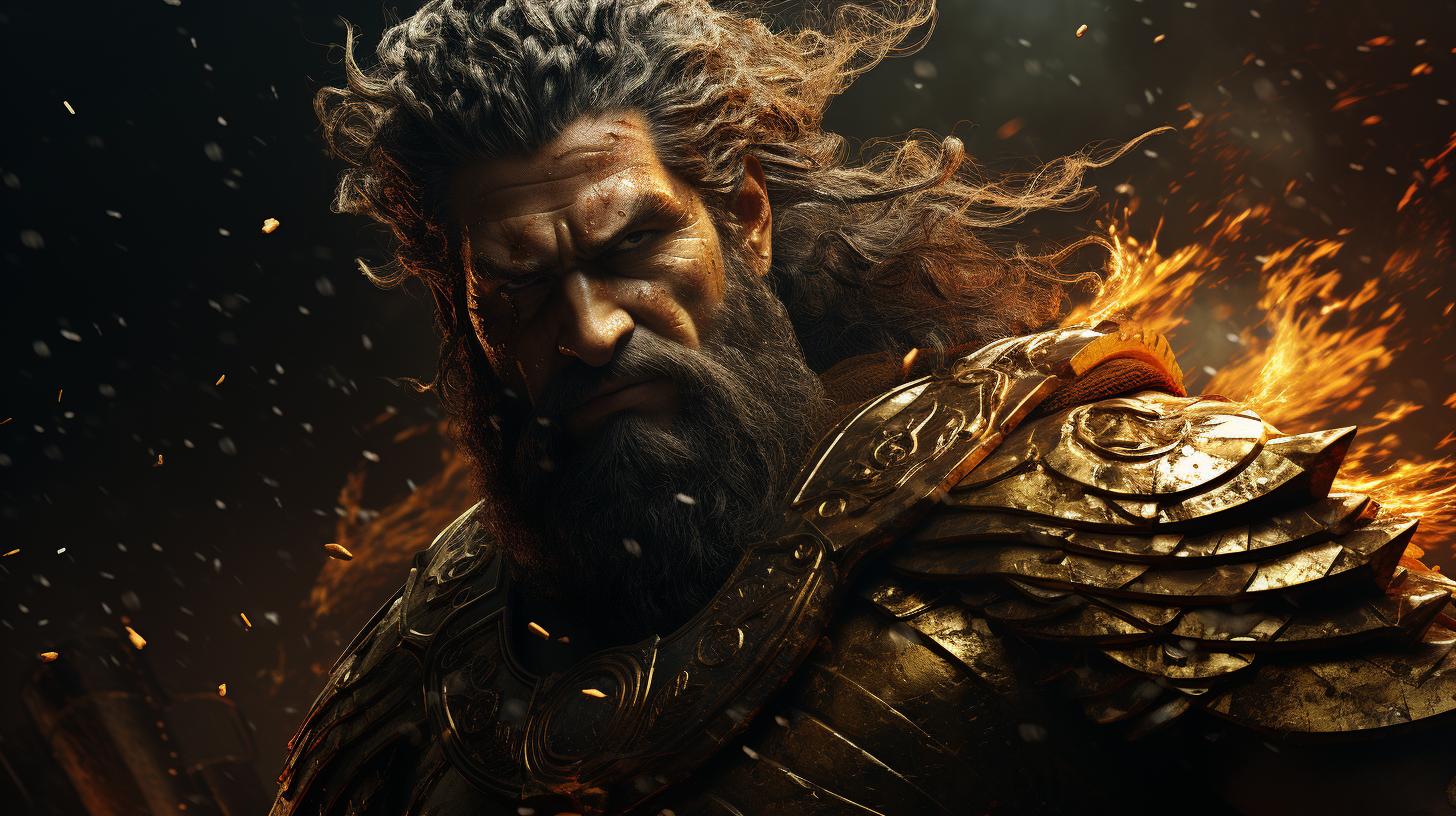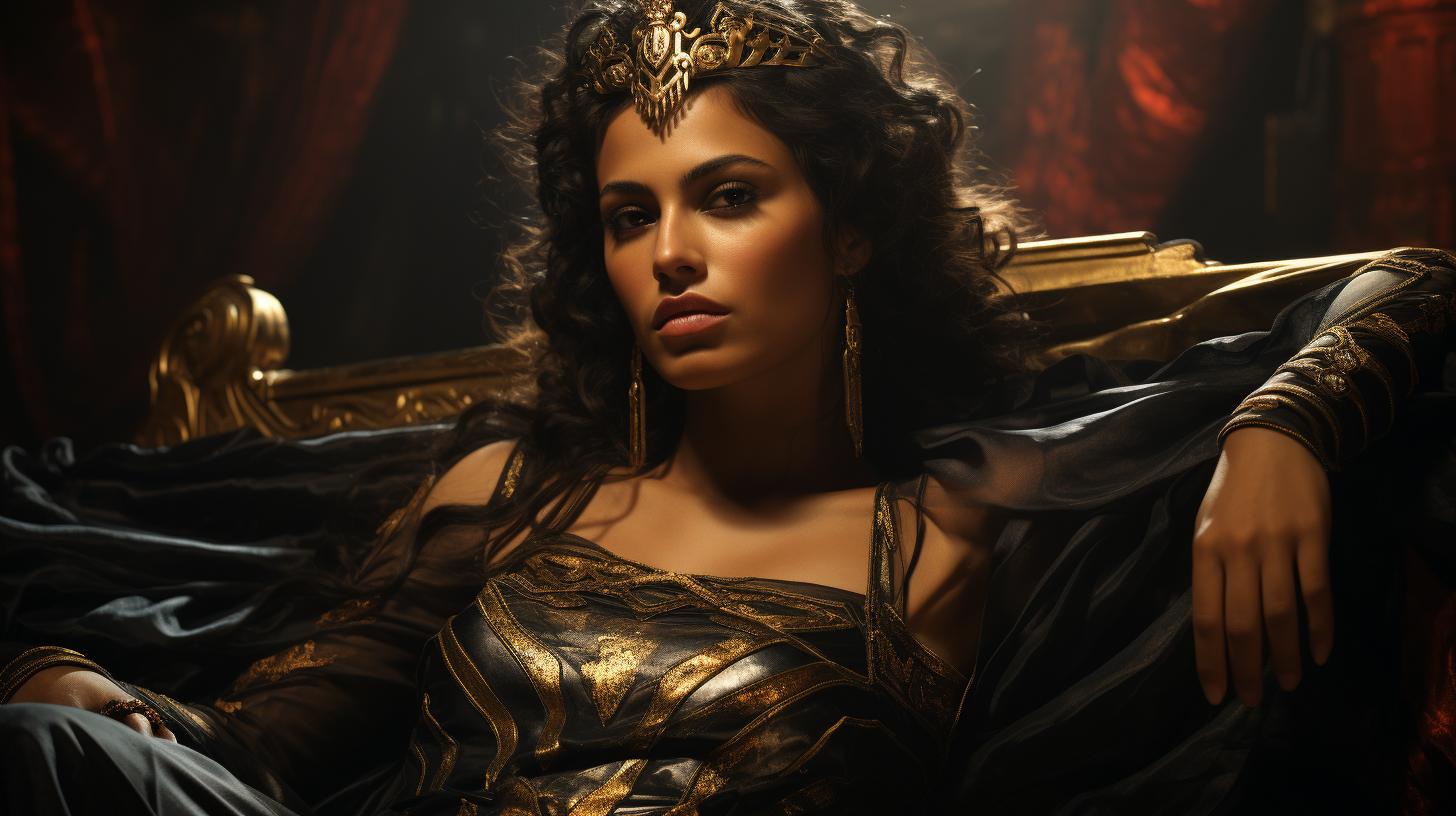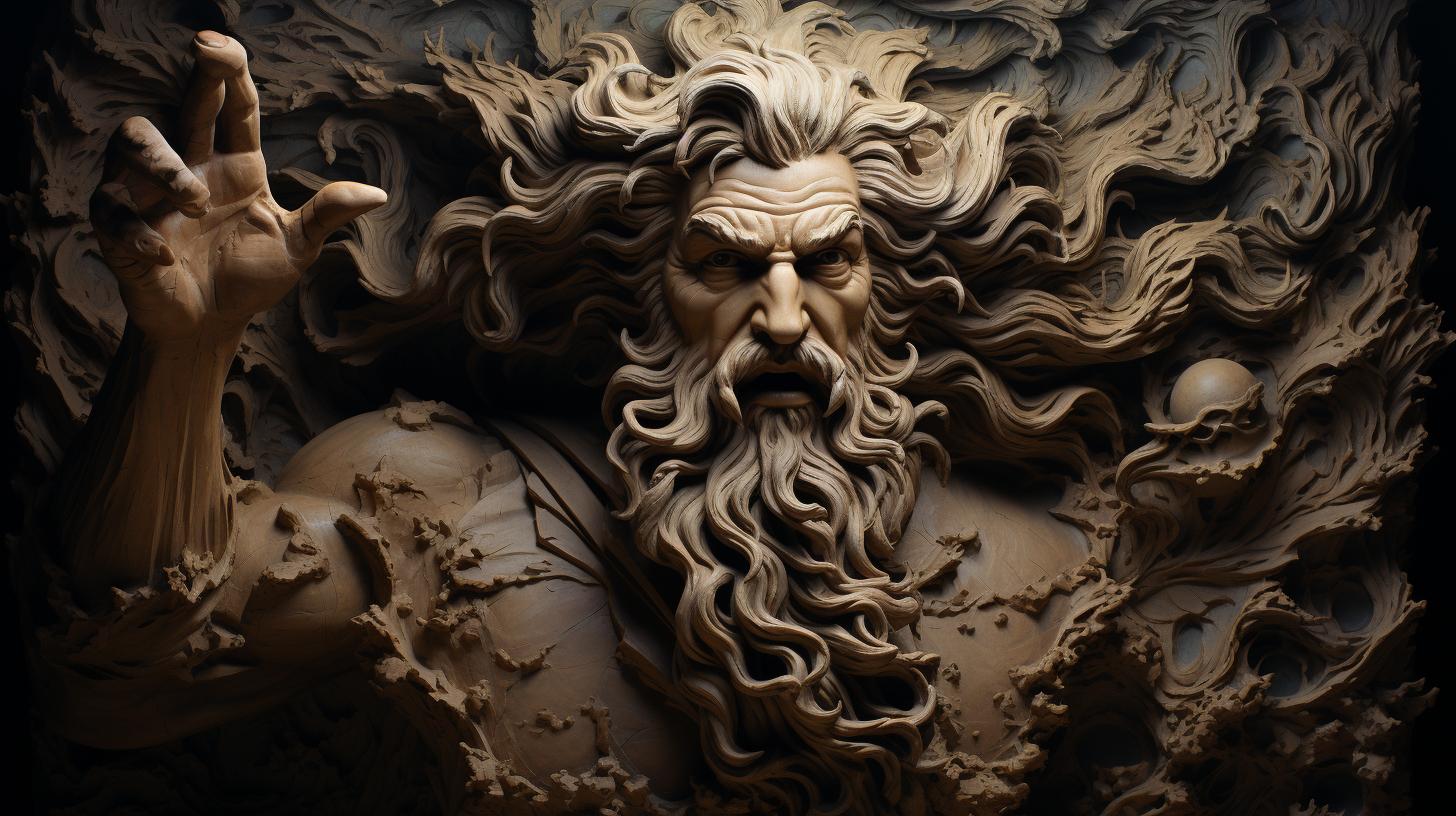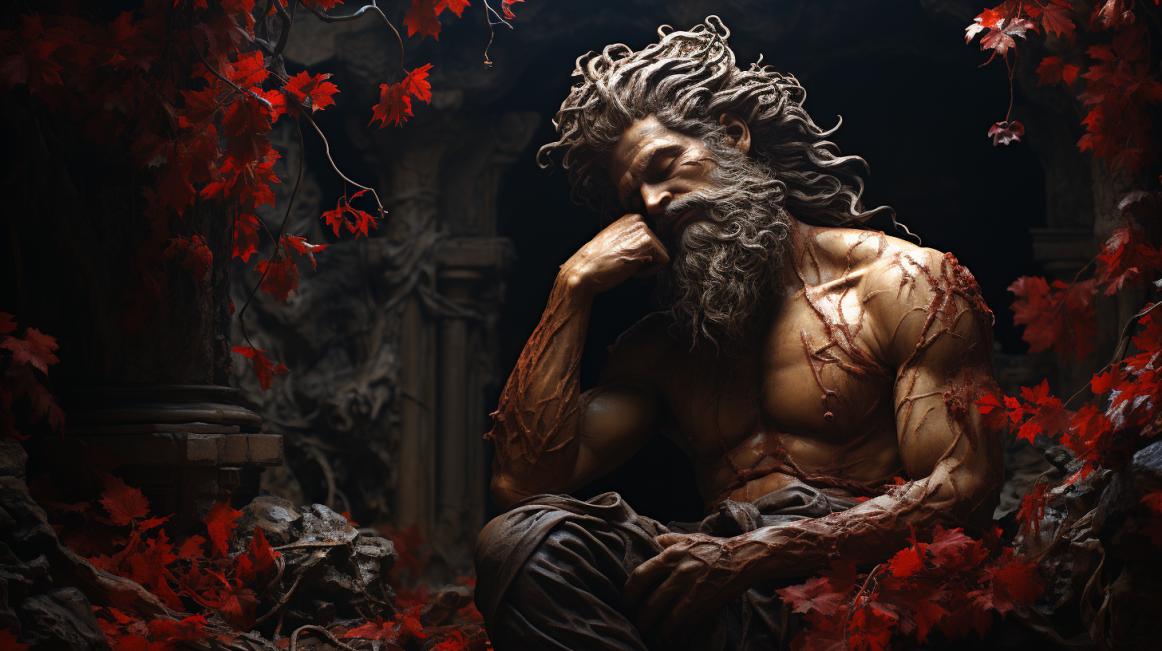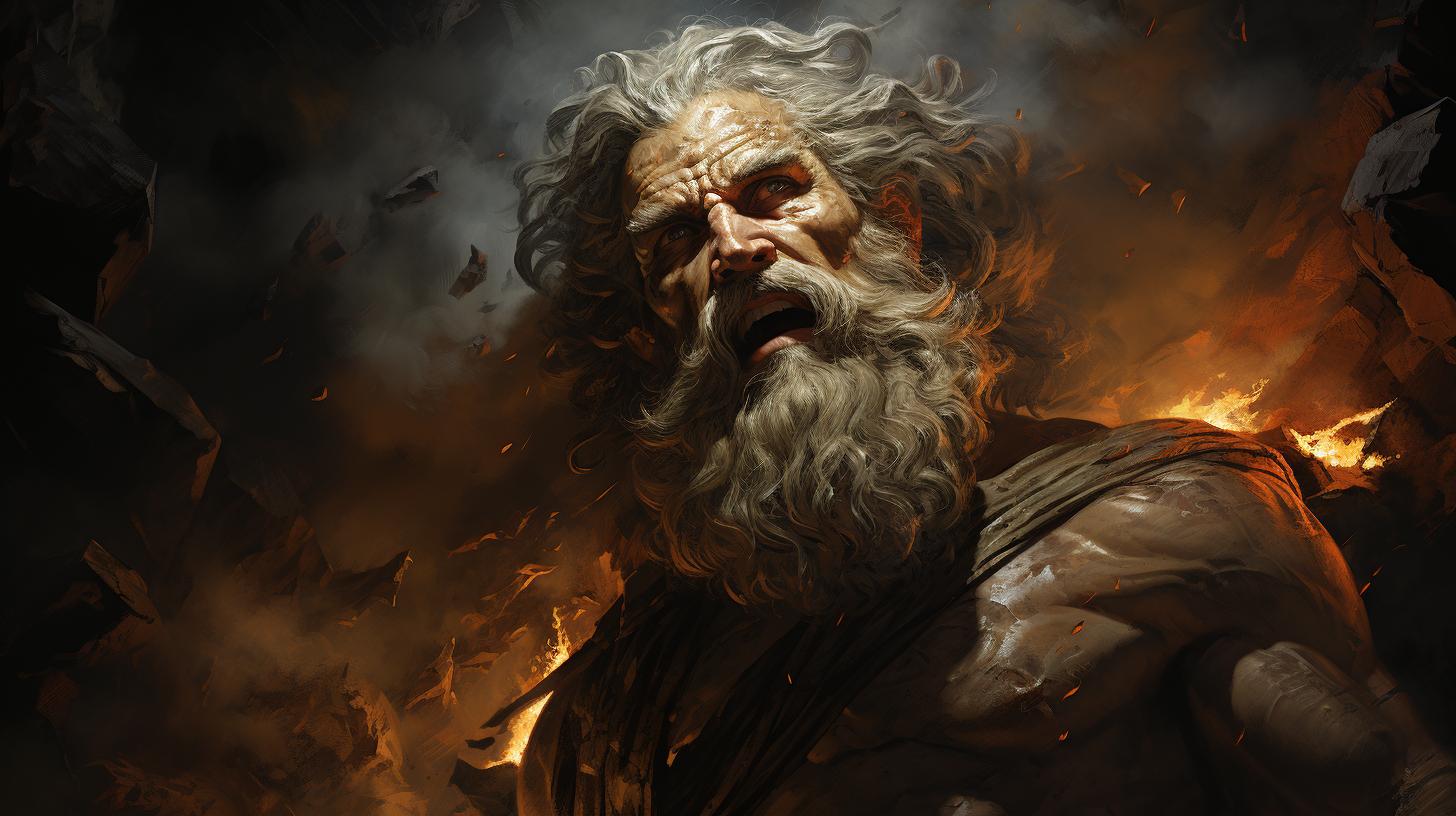Horae Greek Mythology: Exploring the Divine Guardians of Seasons and Order

The Horae Greek mythology holds a significant place among the gods and goddesses of ancient Greece. These divine beings are revered for their association with the seasons, as well as their roles in maintaining order and justice.
With varied parentage and closely linked to deities such as Zeus and Demeter, the Horae embody the ideals of good order, justice, and peace. Their influence extends beyond mythological tales to impact religious practices and cultural beliefs.
This article delves into their origins, roles, and cultural significance, shedding light on the fascinating world of the Horae in Greek mythology.
Overview of Greek Mythology and the Horae
In Greek mythology, the Horae play a significant role as goddesses associated with the seasons and natural divisions of time. This section provides a comprehensive overview of Greek mythology and introduces the Horae as divine figures with their own distinct characteristics and attributes.
Greek Gods and Goddesses
- Within Greek mythology, a rich pantheon of gods and goddesses exists, each representing various aspects of life, nature, and human experiences.
- The gods and goddesses are portrayed with unique personalities and roles, often interweaving and interacting with one another in myths and legends.
- They are revered as powerful beings who govern different spheres of existence and influence the lives of both mortals and immortals.
The Horae in Greek Mythology
The Horae, sometimes referred to as the Hours, are esteemed as the goddesses of the seasons and the natural divisions of time.
- They hold paramount importance within the agricultural community, as they guide the progression of seasons and oversee the celestial revolutions that measure the passage of a year.
- The names of the Horae may vary in different sources, but they are commonly recognized as Eunomia, Diké, and Eirene, representing good order, justice, and peace.
Origins and Parentage of the Horae
The origins and parentage of the Horae differ in various accounts of Greek mythology.
- Some versions suggest that the Horae are the daughters of Zeus and Themis, while others claim that they are the offspring of Helios and Selene.
- Additionally, the Horae are associated with the divine guardians of the gates of Olympus and are closely linked to deities such as Zeus, Demeter, and the enchanting Khryseoi Daimones.
The Horae: Goddesses of the Seasons
As significant figures in Greek mythology, the Horae hold a distinctive role as the goddesses of the seasons.
They are revered for their influence over the natural cycles of time and the agricultural calendar. Within this context, the depiction and roles of the Horae unveil their significance and impact on the world of ancient Greece.
Depiction and Roles of the Horae
The Horae are often depicted as graceful and ethereal beings, radiating natural beauty and elegance. They symbolize the order and harmony in the cyclic progression of the seasons. In their portrayal, they are seen as young women with a serene countenance and adorned with seasonal flowers or wreaths.
These goddesses serve as keepers of time, heralding the change of seasons and overseeing the transitions from spring to summer, summer to autumn, and autumn to winter. They ensure the smooth flow of time, guiding the Earth and its inhabitants through the cycle of growth and harvest.
Beyond their roles in regulating the seasons, the Horae embody broader aspects of nature’s order. They are associated with the cycle of life and death, underscoring the impermanence of all things and the necessity of constant change and renewal.
Relationship with Seasons and Agricultural Cycles
The Horae’s intimate connection with the seasons makes them indispensable to the agricultural cycles of ancient Greece. They oversee the timely arrival of spring, the blossoming of flowers, the ripening of crops, and the eventual harvest.
Their presence assures fertile lands and abundant produce.
Agricultural practices and rituals are often conducted in honor of the Horae, seeking their blessings and guidance for a bountiful harvest. Farmers pay homage to these goddesses, recognizing their role in ensuring the prosperity and sustenance of their communities.
Furthermore, the Horae’s association with the seasons extends to the rhythm of daily life. The transitions from morning to afternoon, afternoon to evening, and evening to nightfall are also under their watchful eyes.
The Horae, in their divine capacity, facilitate the smooth progression of time within a day, synchronizing nature’s cycles with human activities and responsibilities.
- The Horae oversee the smooth transitions between the different seasons, ensuring the timely arrival of each phase.
- They symbolize the order and harmony in the cyclic progression of the seasons and the passage of time.
- As keepers of time, they guide the Earth and its inhabitants through the cycle of growth and harvest.
- The Horae’s presence guarantees fertile lands, abundant produce, and prosperous agricultural cycles.
- Agricultural practices and rituals are conducted to honor the Horae, seeking their blessings for a bountiful harvest.
- The Horae’s influence extends to the rhythm of daily life, facilitating the smooth progression of time within a day.
Considering their roles as the goddesses of the seasons, the Horae encapsulate the intricacies and importance of nature’s cyclical patterns.
Their presence and influence permeate every aspect of ancient Greek life, shaping the farming practices, religious observances, and the overall understanding of time and its transformative nature.
The Horae: Guardians of Order and Justice
In Greek mythology, the Horae play a significant role as the guardians of order and justice.
They symbolize the importance of maintaining harmony and balance in the world. Let’s explore the symbolism of order and justice in Greek mythology and delve into the roles of the Horae in upholding these principles.
Symbolism of Order and Justice in Greek Mythology
Order and justice are central themes in Greek mythology, representing the natural laws that govern society and the cosmos. The Horae embody these ideals as they personify the divine principles of good order, justice, and peace.
Their names, Eunomia, Diké, and Eirene, reflect these virtues.
Eunomia represents the concept of good order, ensuring that everything follows its proper course. Diké represents justice, ensuring fair treatment for all.
Eirene represents peace, fostering harmony among individuals and communities.
Roles of the Horae in Maintaining Order and Justice
The Horae actively participate in promoting and upholding order and justice in Greek mythology. They perform various tasks to ensure the smooth functioning of the world and the well-being of both gods and mortals.
- Guardians of the Seasons: The Horae regulate the seasons, ensuring that each one arrives and departs at the appropriate time. Through their guidance, they maintain the cyclical order of nature and the agricultural cycles, promoting fertility and abundance.
- Protectors of Divine Order: The Horae serve as guardians of the gates of Olympus, safeguarding the divine realm from chaos and disorder.
They oversee the proper conduct of gods and mortals, enforcing the principles of good order and justice.
- Agents of Balance and Harmony: The Horae bring balance and harmony to the world by influencing the diverse climates and weather conditions.
With their control over the various aspects of nature, they ensure the prosperity, health, and well-being of all living beings.
Through their roles as guardians and promoters of order and justice, the Horae shape the interconnectedness of the divine and mortal realms, maintaining equilibrium and guiding the course of existence.
The Horae: Associated Deities and Concepts
In Greek mythology, the Horae are closely associated with various deities and concepts, highlighting their integral role in the divine hierarchy. They have significant connections with Zeus, Demeter, and the Khryseoi Daimones as well as other gods and goddesses.
Relationships with Zeus, Demeter, and Khryseoi Daimones
The Horae share a close bond with Zeus, the king of the gods. As daughters of Zeus and Themis in some versions, or Zeus and Themis in others, they maintain a divine lineage.
This relationship emphasizes their role as protectors and caretakers of the celestial realm.
In addition, the Horae are linked to Demeter, the goddess of agriculture, fertility, and the harvest. Together, they ensure the smooth progression of seasons, guiding the growth of crops and influencing the natural order.
Their collaboration highlights the interconnectedness of nature and the significance of the agricultural cycle.
The Khryseoi Daimones, also known as the Golden Spirits, are divine beings associated with prosperity and abundance.
The Horae are closely intertwined with these Daimones, working together to bring about favorable conditions for growth, success, and prosperity.
Connections with Other Greek Gods and Goddesses
Beyond their associations with Zeus, Demeter, and the Khryseoi Daimones, the Horae also interact with other important deities in Greek mythology.
- Hermes: The messenger god often accompanies the Horae, accentuating their role as timekeepers and guardians of boundaries.
- Apollo: As the god of music and poetry, Apollo’s musical prowess is enhanced by the graceful dances of the Horae.
They provide an enchanting accompaniment to his melodies.
- Aphrodite: The Horae adorn Aphrodite upon her emergence from the sea, bestowing her with charm and beauty.
- Ares: The god of war, Ares, is honored by the Horae through the regulation and organization of battle times and seasons.
These connections with various deities illustrate the Horae’s far-reaching influence across different aspects of Greek mythology and their pivotal role in maintaining order, balance, and divine harmony.
The Horae in Ancient Greek Culture and Beliefs
In ancient Greek culture, the Horae held a significant place in religious beliefs and practices. They were worshipped and revered for their role as divine beings associated with the seasons, order, and justice.
Let’s explore how the Horae influenced daily life and religious practices in ancient Greece.
Worship and Reverence of the Horae
The Horae received regular worship and offerings from the ancient Greeks. They were honored for their crucial roles in maintaining the natural cycles of the seasons and the orderly progression of time.
Temples and sanctuaries dedicated to the Horae were constructed, where rituals and ceremonies were conducted to express devotion and seek their blessings.
During these religious practices, the worshippers engaged in prayers, hymns, and processions to honor the Horae.
Offerings such as fruits, flowers, and incense were presented to symbolize gratitude for the fertility and abundance they bestowed upon the land. The worshippers believed that by appeasing the Horae, they would ensure prosperous harvests and the well-being of their communities.
Influence on Daily Life and Religious Practices
The Horae’s influence extended beyond the realm of worship and permeated various aspects of daily life in ancient Greece. Their association with order and justice shaped societal norms, emphasizing the importance of maintaining a harmonious and balanced existence.
- Timekeeping: The Horae’s connection to time and divisions of the day influenced the Greek concept of timekeeping. Their presence in daily rituals, such as offering prayers at specific times, helped structure the daily routines of individuals and communities.
- Seasonal Celebrations: The Horae’s association with the seasons led to the organization of seasonal festivities and celebrations.
These included agricultural festivals, where offerings were made to honor the Horae and seek their blessings for bountiful harvests.
- Justice and Law: As goddesses of justice, the Horae played a significant role in legal proceedings and the maintenance of social order.
Their influence ensured the fair and just resolution of disputes, promoting a sense of equity and harmony within the community.
- Cultural and Artistic Expressions: Artists and poets often depicted the Horae in their works, capturing their graceful and benevolent nature.
These representations served as a source of inspiration, reinforcing the values of order, beauty, and balance in Greek artistic and cultural expressions.
The belief in the Horae as guiding forces of order and justice influenced ancient Greek society profoundly, shaping their moral and ethical values.
Their presence in daily life and religious practices contributed to a sense of purpose and interconnectedness with the natural world.
Interpretations and References in Greek Literature
Greek literature offers valuable insights into the interpretations and references surrounding the Horae in ancient mythology. From Homeric hymns and epics to works by Hesiod, Nonnus, and Quintus Smyrnaeus, these influential writings shed light on the roles and symbolism associated with the Horae.
The Horae in Homeric Hymns and Epics
In several Homeric hymns and epic poems, the Horae are mentioned as vital divine figures. They are portrayed as the daughters of Zeus and Themis or Helios and Selene, and their significance lies in their responsibilities as the keepers of order, justice, and the seasons.
One notable mention is found in the Homeric Hymn to Demeter, where the Horae are depicted as the companions of Persephone, assisting in the cyclical nature of the seasons and agricultural cycles.
Their presence represents the rhythm and regularity in the natural world.
Throughout the Homeric hymns and epics, the Horae are often associated with the divine order of the universe and are considered as ministerial deities and guardians of cosmic harmony.
Mentions in Works by Hesiod, Nonnus, and Quintus Smyrnaeus
Hesiod:
In Hesiod’s seminal work, “Works and Days,” the Horae are referenced in the context of agricultural endeavors. They are regarded as divine forces that guide and bless farmers, ensuring successful seasons and abundant harvests.
Hesiod highlights the importance of appeasing the Horae through proper rituals and observance to maintain abundance and prosperity.
Nonnus:
In Nonnus’ epic poem, “Dionysiaca,” the Horae are portrayed as divine attendants of Dionysus, the god of wine and revelry. Their presence reflects the harmonious balance between natural cycles, festivities, and the transformative powers symbolized by Dionysus. The Horae’s involvement in this poem emphasizes their connection to the joyous and celebratory aspects of existence.
Quintus Smyrnaeus:
In Quintus Smyrnaeus’ “Fall of Troy,” the Horae are mentioned in the context of the Trojan War. They stand as guardians of justice and destiny, overseeing the fates of warriors and ensuring the rightful outcomes of battles.
Their intercession in this epic underscores their role as impartial arbiters of cosmic order, impartially determining the outcomes of human endeavors.
The interpretations and references in Greek literature highlight the multifaceted nature of the Horae as divine figures associated with cosmic order, justice, fertility, and the cyclical nature of the seasons.
Their presence in these influential texts deepens our understanding of their revered status in ancient Greek mythology and cultural beliefs.
Iconography and Representations of the Horae
The iconography and representations of the Horae in Greek mythology are rich and varied, reflecting their importance in ancient Greek culture. Artists and storytellers have depicted the Horae in various forms, capturing their divine attributes and symbolic meanings.
Artistic Depictions and Attributes of the Horae
Artists often portrayed the Horae as graceful and beautiful goddesses, adorned with intricate garments and divine accessories. They are shown holding symbolic objects that represent their roles as guardians of seasons and time divisions.
- One commonly depicted attribute is a key, symbolizing their function as gatekeepers of Olympos. This key represents their control over the changing seasons and their ability to open and close the gates to the divine realm.
- The Horae are also often shown holding a cornucopia, or horn of plenty, symbolizing abundance and fertility.
This represents their association with the agricultural cycles and the bountiful gifts they bring to the earth.
- A common artistic motif is the depiction of the Horae as dancers, gracefully moving in harmony with the celestial bodies and the changing of seasons.
Their rhythmic movements symbolize the cyclical nature of time and the orderly progression of the natural world.
Throughout ancient Greek art, the Horae’s depictions evolved, adapting to different artistic styles and periods.
From vase paintings to sculptures and reliefs, artists sought to capture the essence of the Horae and their significance in Greek mythology.
Mythological Stories and Symbols Associated with the Horae
Mythological stories often incorporate the Horae, highlighting their role as divine guardians and their interactions with other gods and goddesses.
These narratives serve to deepen the understanding of the Horae and their significance within the mythological pantheon.
- In one myth, the Horae are credited with adorning the goddess Aphrodite when she emerged from the sea.
By adding their charm and beauty, they symbolize the transformative power of love and desire.
- In another tale, the Horae are known to bestow enchantment upon inanimate objects. They possess the ability to infuse ordinary items with extraordinary beauty and allure, further emphasizing their role as divine benefactors of both gods and mortals.
- Their close association with other deities, such as Zeus, Demeter, and the Khryseoi Daimones, showcases the interconnectedness of Greek mythology and the integral role the Horae play in maintaining order and justice within the divine realm.
These mythological stories and symbols associated with the Horae contribute to their ongoing significance in Greek culture and artistic representations.
.












